Lunugamvehera National Park (also sometimes spelt with a 'v' instead of the 'w') lies in the South-East of Sri Lanka and borders on the much better-known Yala National Park, situated to its East. Not having its neighbour's high profile means that it gets far fewer visitors - indeed, when we arrived at the park's entrance the staff seemed surprised to see anybody. There were also no safari vehicles hanging round waiting for customers and we had to seek one out in the nearby village. Having accomplished that, it turned out that the jeep was running on fumes and we had to drive to a petrol station before finally embarking on our trip through the park.
Meanwhile, a park guide had emerged and offered us his services. We were initially reluctant to hire him - the drivers usually know these places like the back of their hand anyway - but we were ultimately glad that we did take up the offer, as our driver proved to be the exception from the rule. I don't think he had done many safari drives before and certainly not in this park.
Originally, we had intended to spend only two to three hours here, but we quickly decided to add another couple of hours. There was plenty to see here and, since there were no other visitors, we felt we should make the most of the opportunity to explore as much of the place as we could.
Lunugamvehera is a veritable paradise for bird-watchers. Bee eaters, such as the blue-tailed one pictured below, are everywhere.
There are large swampy areas - havens for waterbirds as well as water buffaloes.
This monitor lizard had been sitting on the road until we approached.
We have done quite a few safaris in Sri Lanka, but somehow we had never set eyes on jackals. At Lunugamvehera we came across a good many.
Peacocks are a much more common sight in both the parks and the open countryside.
We noticed that the wildlife at Lunugamvehera was not used to vehicles to the same extent as they are in some of the other parks. There were plenty of deer, but they were quite difficult to photograph, as they tended to shoot off into the bush as soon as they heard the sound of the engine.
This one remained for a couple of seconds longer than the rest.
At the Southern end of the park is a large reservoir.
We have learned over the years that where there is a large body of water in these parts, there are often large crocodiles. The ones around here are 'mugger crocodiles', a species found on the Indian subcontinent as well as in Sri Lanka.
The heron in the picture below was clearly aware of the danger, but did not seem overly concerned.
We got out of the jeep for a while at this point. The guide advised us that it was safe - provided we stayed away from the water's edge. Having seen the size of some of the crocodiles, we certainly headed that advice.
The shot below shows a close-up of the tree on the right of the previous photo.
The birds are painted storks, with a heron on the bottom.
Below are two more photos illustrating the lovely scenery in the reservoir area.
Painted storks are everywhere ...
... but we also spotted a mongoose ...
... a young hawk-eagle ...
... and a pair of (ring-necked) parakeets.
The later, of course, have become a bit of a problem in some parts of Europe. However, I like them and they look absolutely right in this setting.
You are less likely to see tufted grey langurs in Europe, but at Lunugamvehera they are plentiful. The photo at the beginning of this piece shows a close-up of one.
We knew that there were quite a few elephants here, too, but it took time until we found some. Unfortunately, the heavens opened at precisely that point and we could watch the elephants only by peeking through the bottom of the jeep's rain cover. In any case, they had decided that they preferred to stay in the bushes.
The rain did not last very long, but it flooded some of the roads and turned others into mud-puddles.
The storks, however, did not seem to mind.
Despite getting a soaking we enjoyed the trip. We would certainly consider a return visit to this park.
At the time of writing, though, the airports are closed and, as in many other countries, the tourist industry has been brought to a virtual standstill by the pandemic. This is especially unfortunate as tourism had only just recovered after the terrorist attacks in April 2019. However, Sri Lanka has so far avoided a high rate of infections and the government has announced that the country will re-open for tourists on 1st August, albeit with strict requirements for testing (both before and after arrival). We are keeping our fingers crossed!



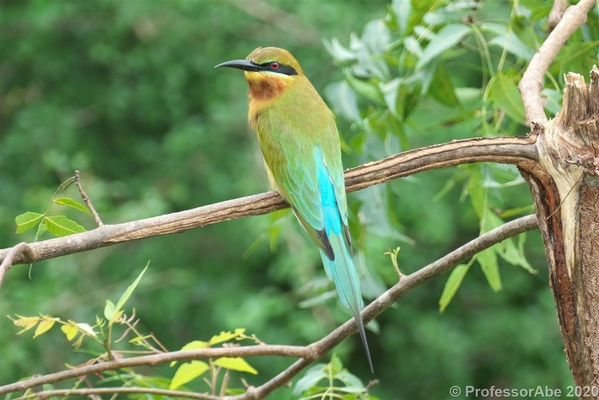
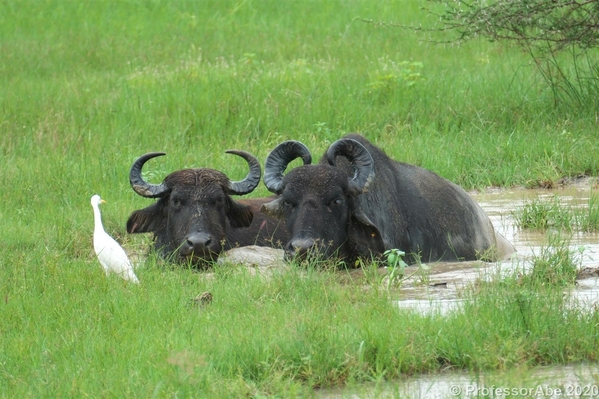
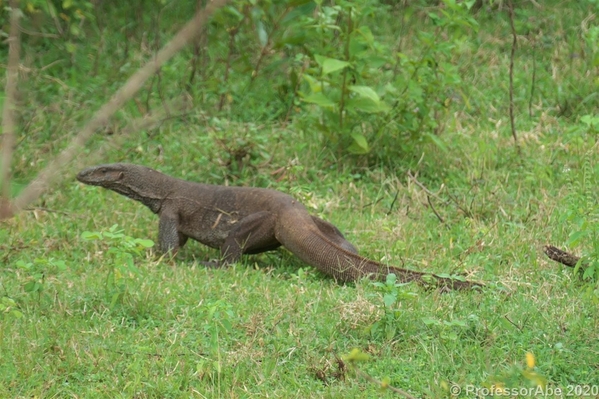
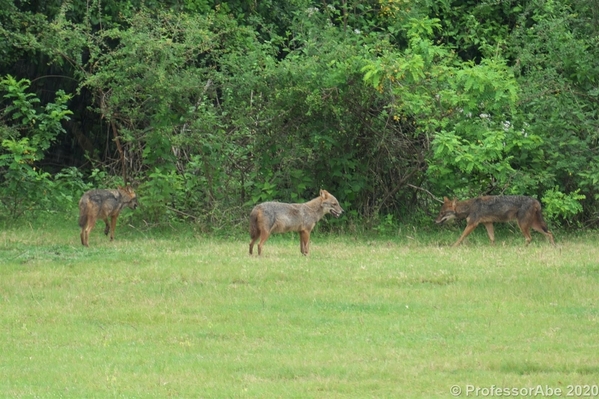
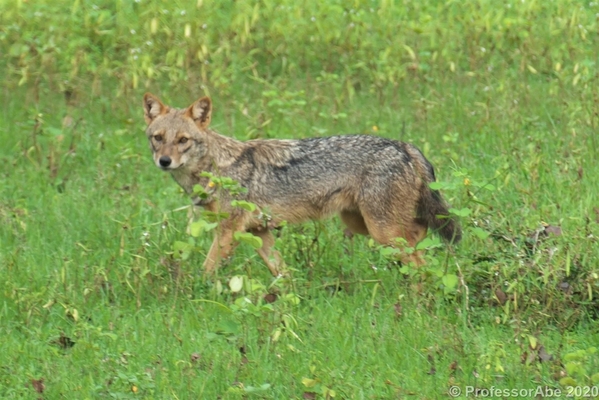
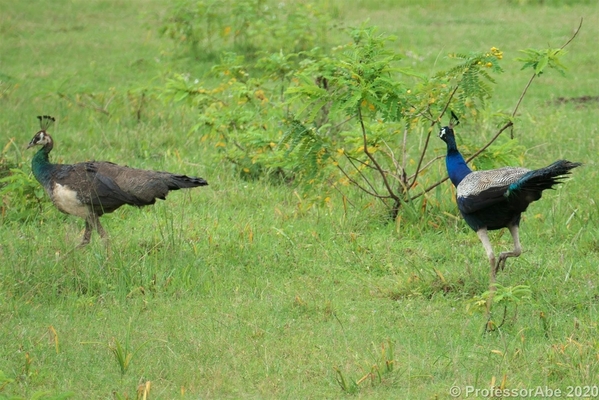
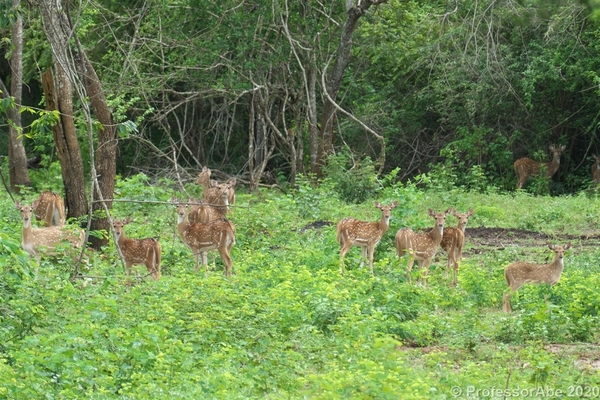
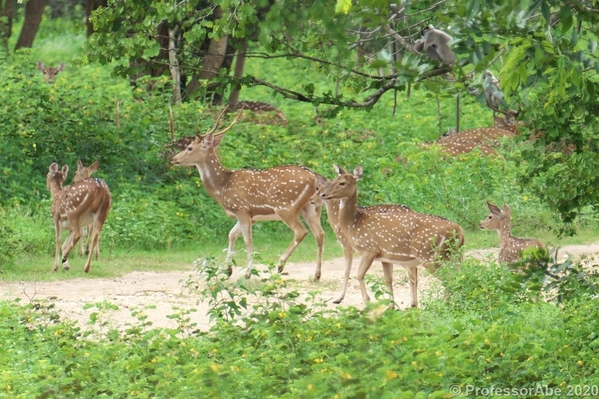
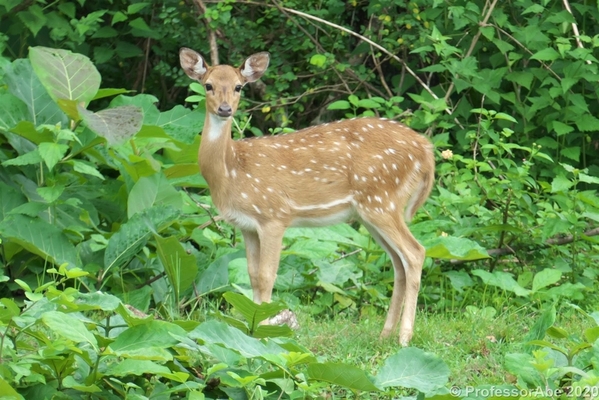
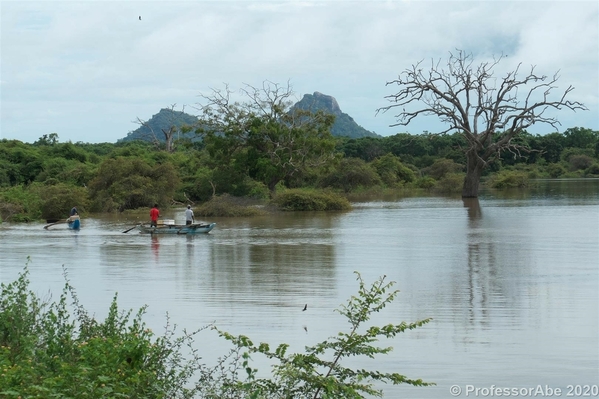
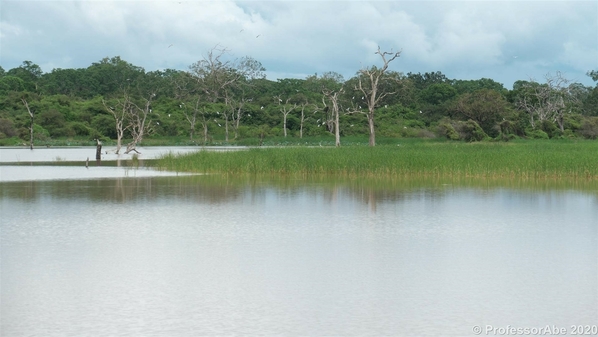
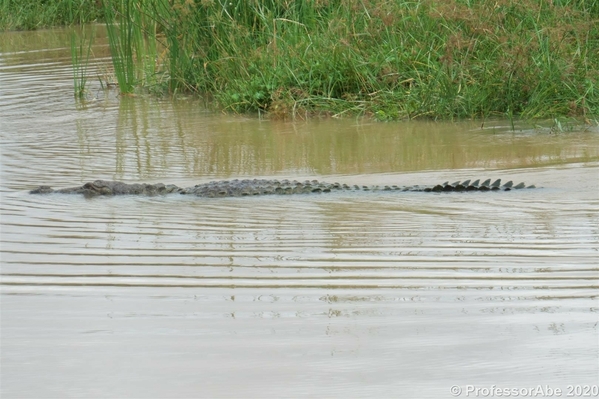
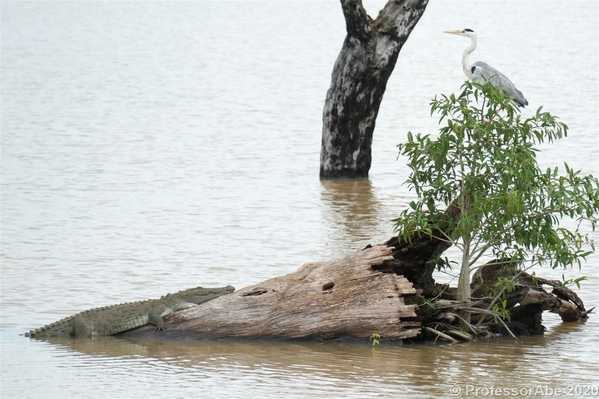
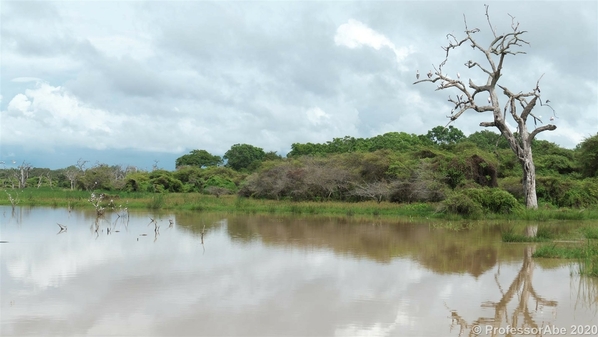
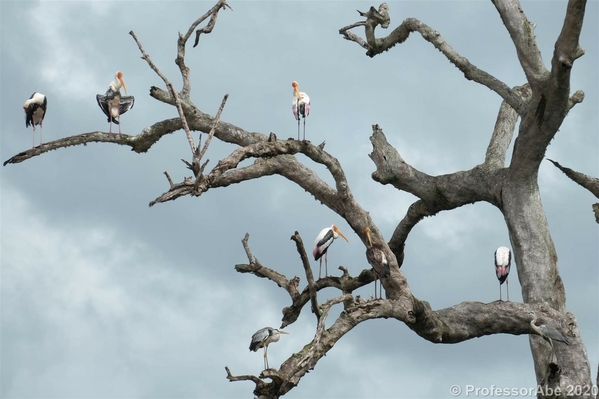
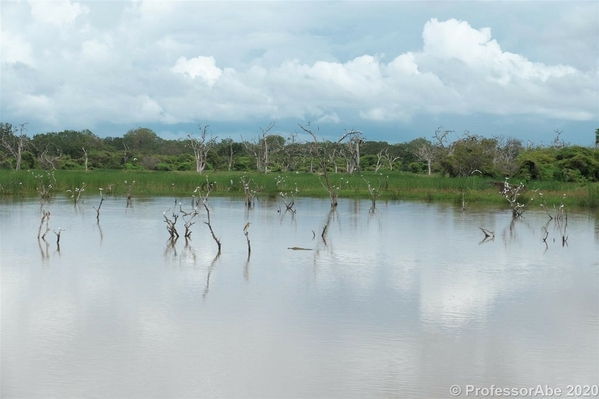
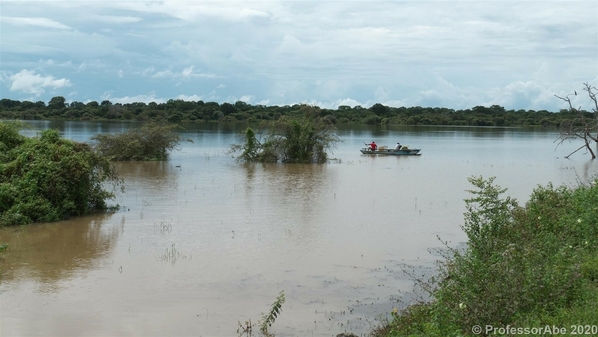
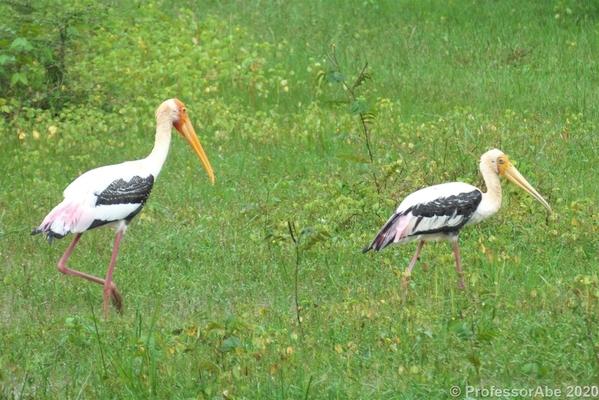
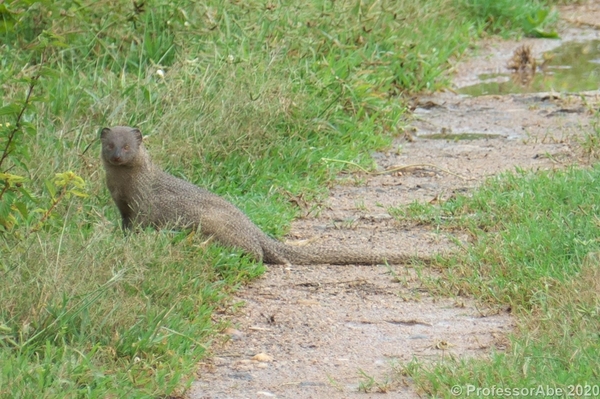
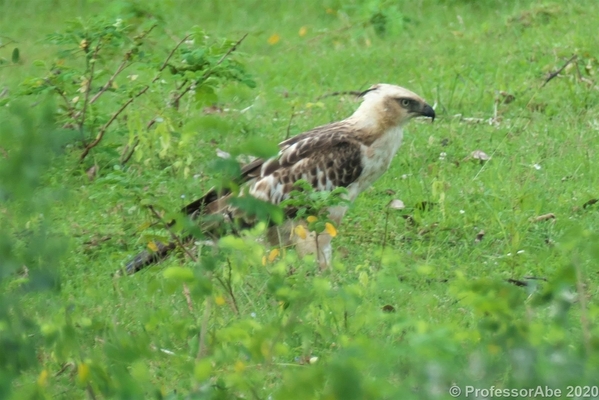
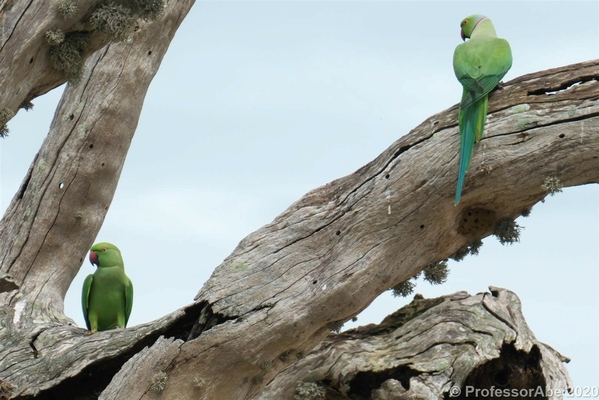
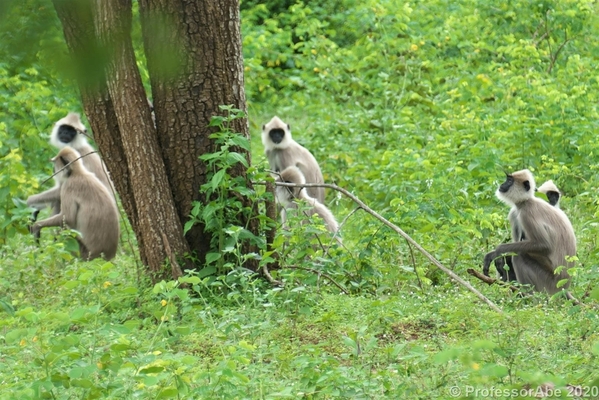
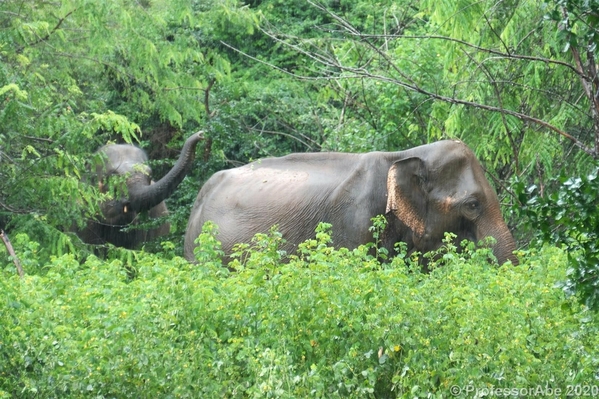
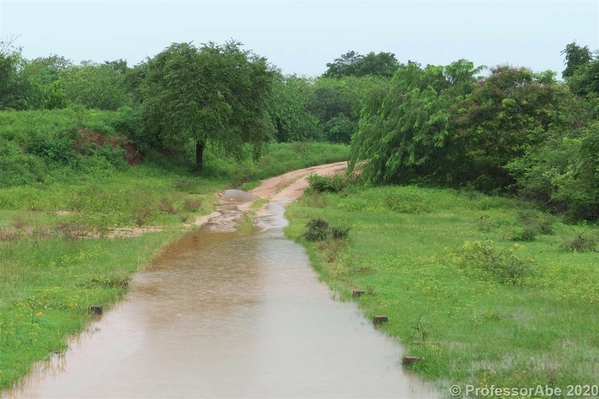
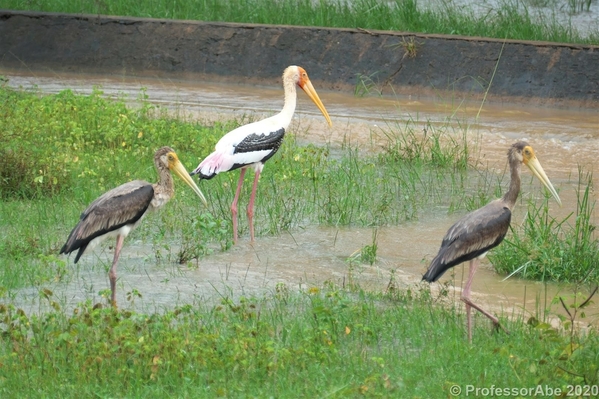
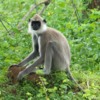



























Comments (3)